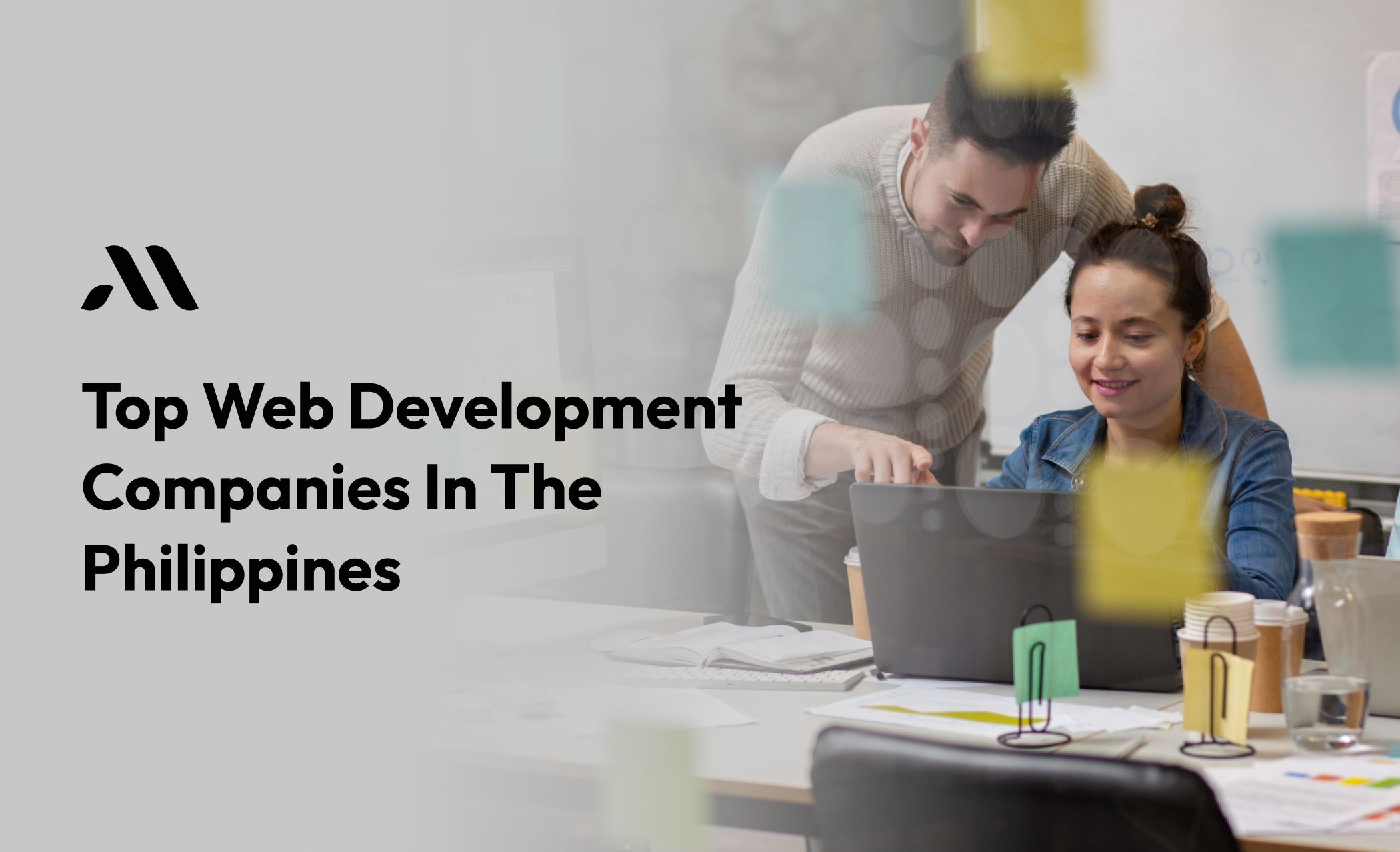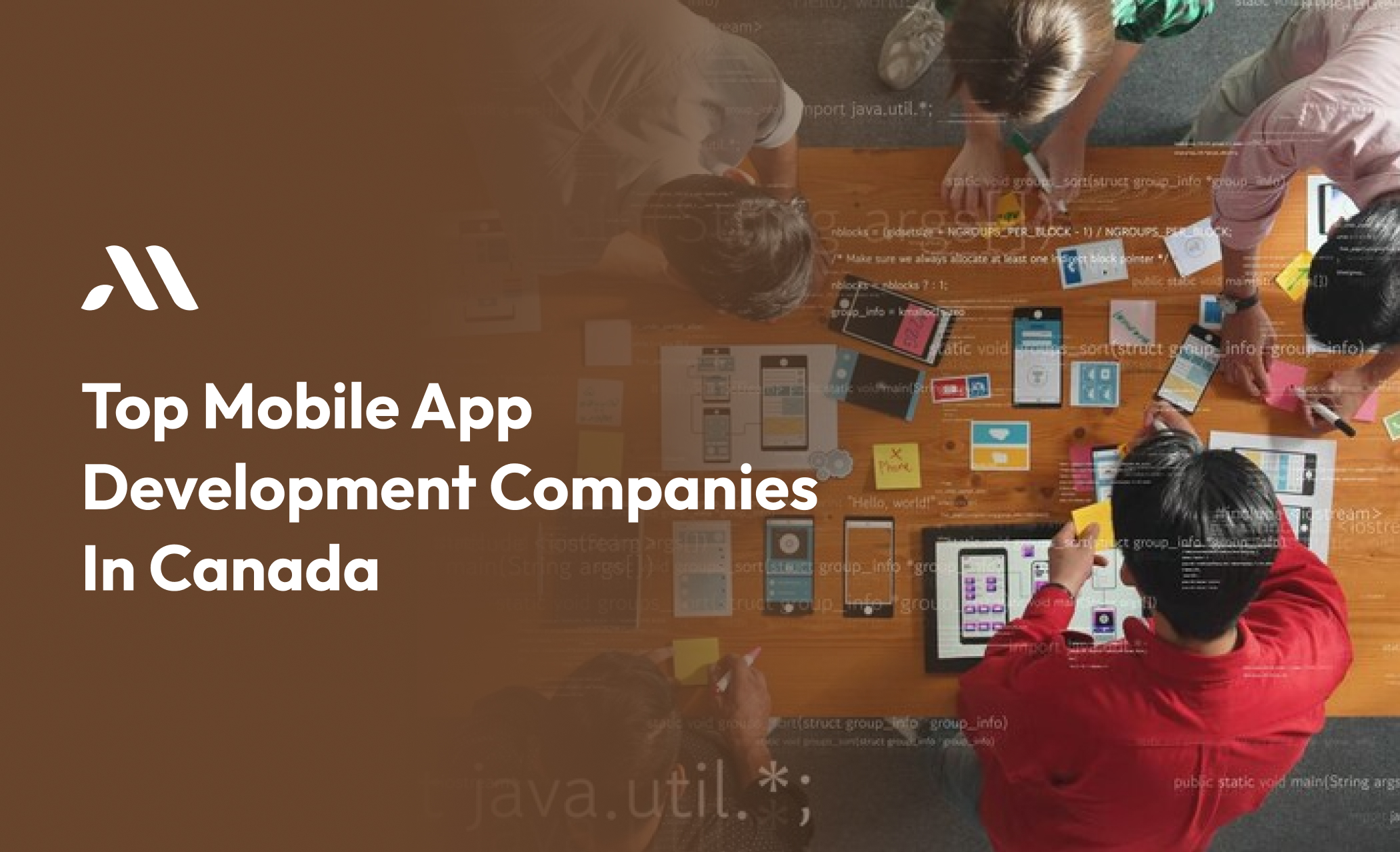As a business owner, you might have heard about MVP development. MVP stands for "Minimum Viable Product." It’s like making the simplest version of your product to see if people like it. You don’t spend too much time or money on it, but it has enough features to be useful. Once people try it, you can improve your product based on what they think. Today, we’re going to talk about the future of MVP development and the latest trends you should know about.
What is MVP Development?
MVP development is the process of creating a basic version of a product. Imagine making a toy car. First, you make it with just four wheels and a simple body. You don’t add fancy lights or cool designs yet. But, the car can still move and do what it’s supposed to. That’s an MVP!
An MVP development company helps businesses make this simple version of their product. It helps companies to get feedback fast and change their products based on what customers like or don’t like.
Why MVP Development is Important
As a business owner, you don’t want to spend too much time and money building something no one wants. With MVP development, you can avoid that. You build something simple, get feedback, and improve it. Many big companies started with an MVP. For example, the first version of Instagram was very basic. It only had photo-sharing, but people loved it. Later, the team added more features.
Tip: Always listen to your customers when you launch your MVP. Their feedback will help you grow faster.
Latest Trends in MVP Development
Let’s dive into the latest trends in MVP development. As technology changes, so do the ways companies build their MVPs. Here are the trends you need to know:
1. AI-Powered MVPs
Artificial Intelligence (AI) is making a big splash in MVP development. Companies are using AI to make their products smarter and more helpful. For example, an app can use AI to suggest what a user might like next. AI-powered MVPs allow businesses to offer smart features even in the early versions of their product.
Note: AI might sound complicated, but it can help you save time and make better decisions.
2. Faster Development with No-Code/Low-Code Tools
Another important trend in MVP development is the rise of no-code or low-code tools. These tools allow people to build products without knowing how to code. Imagine putting together a puzzle. These tools let you drag and drop pieces to build your MVP, even if you’re not a developer. This makes the process quicker and cheaper.
According to a 2023 report, no-code and low-code tools can speed up MVP development by up to 70%.
3. Cloud-Based MVPs
Cloud technology is everywhere now. It helps businesses save time and money by allowing them to store and access data online. A cloud-based MVP means your product is hosted on the internet, and users can access it from anywhere. This is especially useful for businesses that want to reach a global audience quickly.
Reminder: Always make sure your cloud storage is secure. Protecting customer data is crucial!
4. Focus on User Experience (UX)
User experience (UX) has become a top priority in MVP development. People want products that are easy to use and understand. If your MVP is hard to use, people might not give it a second chance. Many companies are focusing on creating simple, user-friendly MVPs.
Tip: Test your MVP with real users before launching it. This will help you find problems early and fix them.
5. Sustainability and Green Tech
The future of MVP development also includes a focus on sustainability. More companies are thinking about how their products can be environmentally friendly. For example, businesses are using green technologies, like reducing energy use in their apps or using recycled materials in physical products.
A 2024 study showed that 45% of consumers prefer eco-friendly products, even if they cost a bit more.
6. Blockchain Technology
Blockchain, the technology behind cryptocurrencies like Bitcoin, is also becoming a part of MVP development. It’s being used to create secure and transparent systems, especially for finance-related MVPs. For example, a blockchain-based MVP could be a safe and secure way for users to make payments or track their transactions.
Remember: Blockchain can make your MVP safer, but it can also be more expensive to develop. Start simple and build up over time.
Benefits of Working with an MVP Development Company
Working with an MVP development company can help you stay ahead of the latest trends. These companies specialize in building MVPs quickly and effectively. Here are some benefits:
- Expertise: They know the latest trends and technologies, so you don’t have to.
- Speed: They can help you launch your MVP faster, giving you a head start over competitors.
- Cost Savings: By building a simple MVP, you save money and avoid spending too much upfront.
Here’s a quote from a business owner who worked with an MVP development company:
"We were able to test our idea in the market in just two months, thanks to our MVP. The feedback helped us shape the future of our product."
Also Read - 10 Mistakes to Avoid When Developing an MVP
The Future of MVP Development: What's Next?
As technology continues to evolve, the future of MVP development will see even more exciting changes. Here’s what to expect:
1. Personalized MVPs
In the future, MVPs will become more personalized. Imagine building an app that changes based on each user’s preferences. With AI and machine learning, businesses will be able to create MVPs that are tailored to individual needs.
2. More Collaboration Tools
As more people work remotely, businesses will need better tools for teams to collaborate. Expect to see more MVPs that focus on teamwork and communication.
3. Smarter MVP Analytics
Tracking how users interact with your MVP is crucial. In the future, MVPs will have better tools to gather and analyze data. This will help businesses make better decisions about what features to add or change.
Final Thoughts: Staying Ahead with MVP Development
As a business owner, staying ahead of the curve is essential. MVP development allows you to test ideas, save money, and grow your product based on real feedback. With trends like AI, cloud technology, and user-friendly designs, the future of MVP development is bright.
Ready to bring your app idea to life? MicraSol is here to help! We specialize in fast, smart MVP development to get your app out there quickly. Save time, save money, and start growing your business today. Let’s build something amazing together contact MicraSol now!
Reminder: Don’t wait too long to launch your MVP. The sooner you get it out there, the sooner you can start learning from your customers.
If you’re ready to build your MVP, consider working with an MVP development company. They can help you stay on top of the latest trends in MVP development and guide you through the process.
FAQS
What is MVP Development?
MVP development means creating a basic version of your product with just enough features to see if people like it. It's like making a toy car with four wheels before adding all the cool designs later. You test it with real users and improve based on their feedback.
Why is MVP Development Important for My Business?
MVP development helps you save time and money. Instead of building a full product and hoping people like it, you start small, get feedback, and make changes based on what customers want. This reduces the risk of spending too much on a product no one needs.
How Can AI Help in MVP Development?
AI (Artificial Intelligence) helps make your MVP smarter by understanding user behaviour. For example, AI can suggest personalized recommendations for users or make processes easier by automating tasks. It adds more value to your MVP without making it too complicated.
What Are No-Code/Low-Code Tools, and How Do They Work?
No-code/low-code tools allow you to build products without needing to write code. It’s like putting together a puzzle where you just drag and drop parts. These tools speed up the MVP development process and are great if you're not a developer.
How Does a Cloud-Based MVP Work?
A cloud-based MVP means your product is hosted online. Users can access it from any device, anywhere in the world, as long as they have internet access. This makes it easier to reach more people and save on physical storage costs.








